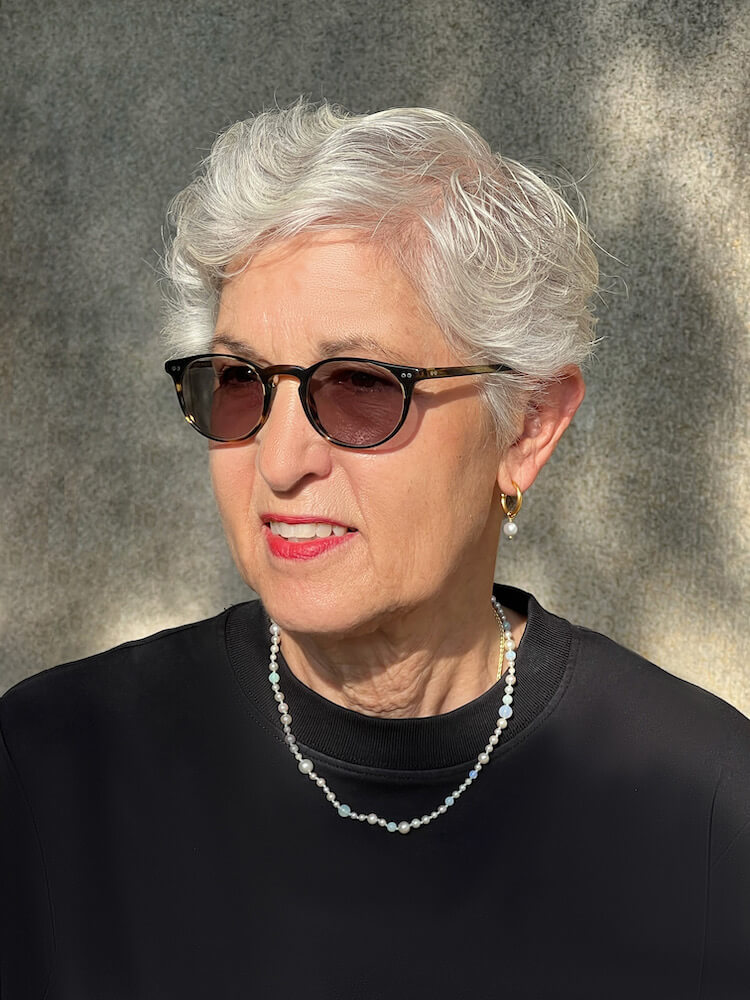Teri Figliuzzi combines her passions for textiles, color, and photography to create phytograms, producing work that emphasizes a ‘touched by hand’ approach. Process and technique exploration is central in her work, making plant based developers and incorporating gold and silver leafing in the finished images. Using botanicals, seaweed and organic materials as her subject matter, she brings awareness to the fragile, discarded, and unnoticed in life. Her work has been in notable juried group shows including the Center for Fine Art Photography, Center for Photographic Art, and the Julia Margaret Cameron Award as honorable mention. A Merit Award was received in the Rfotofolio “Open Call 2022”, and was a Lucie Foundation 2021 category winner for “Open Call: Notions From Home”. She earned a BFA in Textile Design from the Rhode Island School of Design and resides in New York City where she continues her education in the arts.
Statement
A compulsive gatherer, I have a fascination and obsession with organic forms. On long walks in gardens and forests, I often seek out the common weed or discarded flower...all equally beautiful in my eyes. My work has made me slow down and take time to observe and study their subtle and unique differences more closely. I have a much deeper appreciation and respect of nature, it’s strength and perseverance, healing powers and unmatched grace.
Nature’s growth and rebirth are an ever present reminder to try again and move forward.
